Photographing Karijini: Red rocks, deep gorges
I’ve been wanting to explore the iconic Karijini National Park for a few years now, but my own travels (the photography tours and scouting trips I do) and an injury sustained from a fall in East Arnhem Land a few years ago always seemed to come in the way. I finally made my way there in late May this year, on a bit of a location-scouting trip to discover the photographic potential of this place — and it did not disappoint.
A casual Google Image search for “Karijini” reveals amazing photographic images of the topography of the rugged red landscape and the alien landscapes within the deep and narrow gorges. But a photograph can only say so much about a place — you have to experience the setting and create your own images of the location in order to gain a feel for the place and what it can mean to you as a visual artist or photographer.
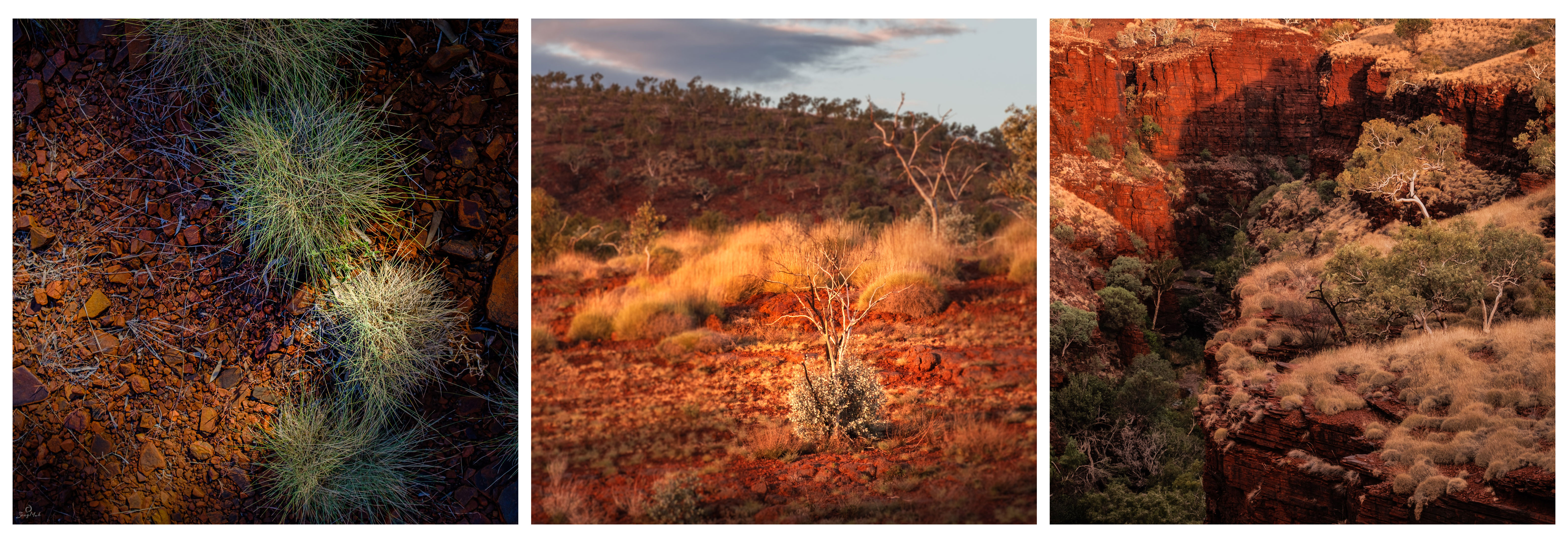
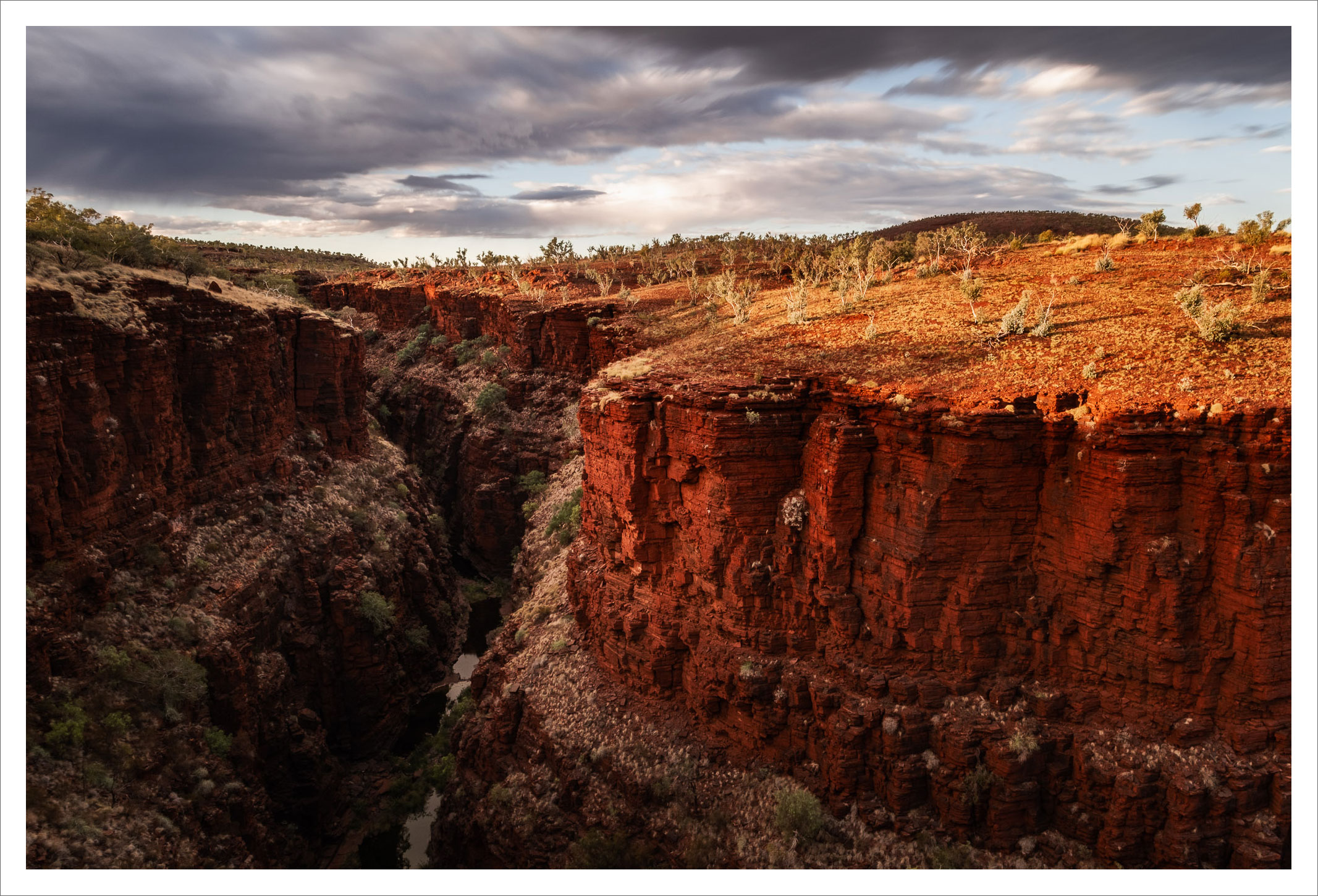
I spent five days at Karijini and based myself at the Karijini Eco Retreat (years ago, I would’ve camped, but now I’m older and my needs cleave more to the more comfortable side of the “adventure spectrum” 🙂 ). The Retreat itself is a great place to set up your HQ; it’s located close to a number of gorges and some of the larger gorges are about an hour to an hour and a half’s drive away, which meant some very early starts and late returns.
Karijini is Western Australia’s second largest national park and its name derives from the Banyjima people’s name that for the Hamersley Range. The national park is the traditional home of the Banyjima, Kurrama and Ynnawonga people, with evidence of human occupation of the land dating back more than 20,000 years. When you visit the Information Centre at Karijini, spend some time speaking with the staff there who are Indigenous to the land — many of them will tell you amazing stories of their personal history with the land.


The landscapes at Karijini are spectacular. There’s over two billion years of geological formations carved into the rock here: from the red desert plateaus to the cavernous gorges the depths of which can beggar the mind. Waterholes dot the landscape, many of them spring-fed or topped by small waterfalls and cascades. The landscape was created during the Aboriginal Dreamtime, when the Warlu, a serpent, crawled out of the serpent and wound its way through the landscape of the North West of Western Australia. Because of this Karijini and it’s many gorges have special historical and spiritual significance to the Indigenous people of the area; in fact, many waterholes, such as the remarkable Fern Pool, are sacred sites and, if you’re particularly sensitive to the vibe of a place, you can feel something in the air and in the earth when you visit sites like these.
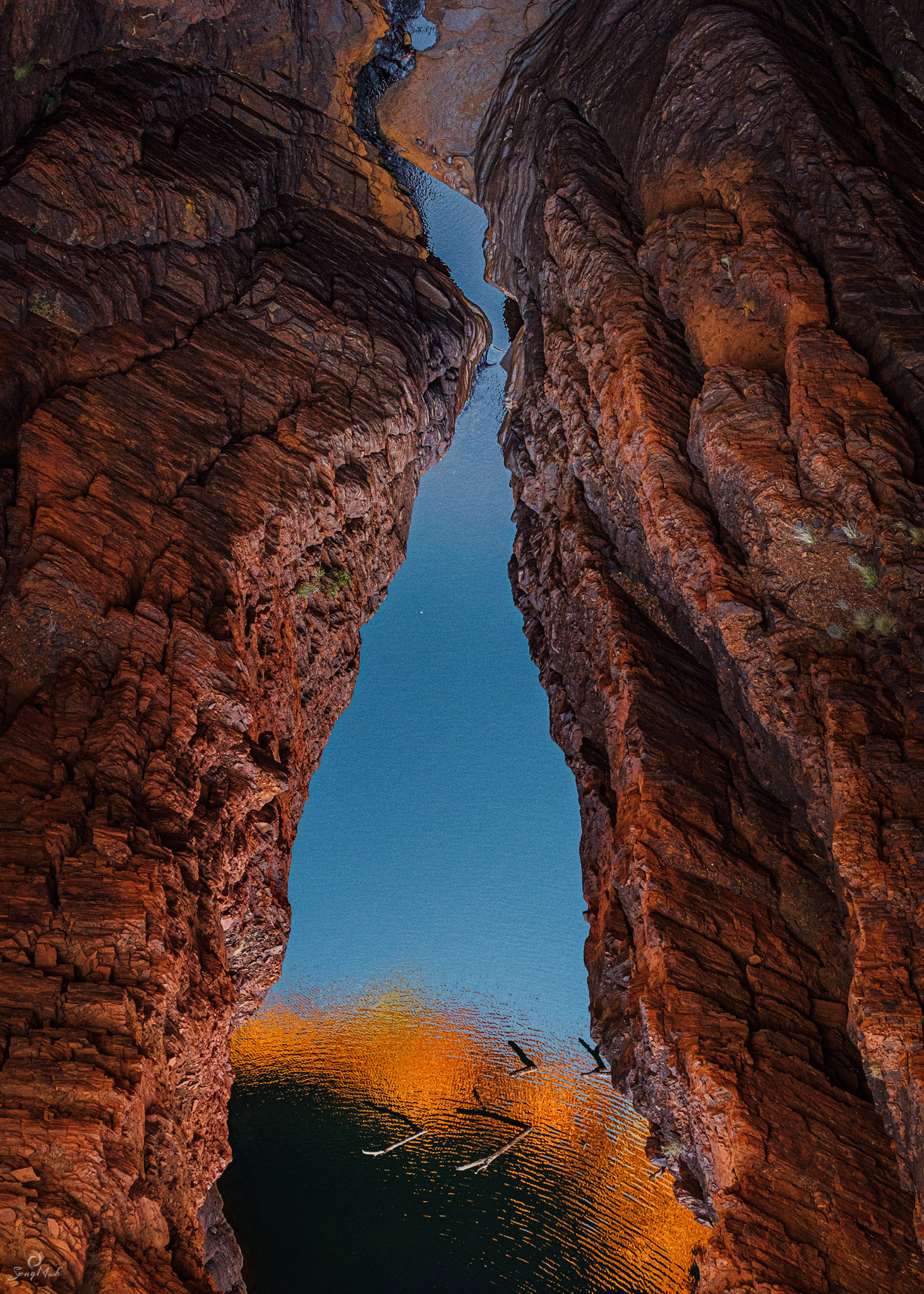
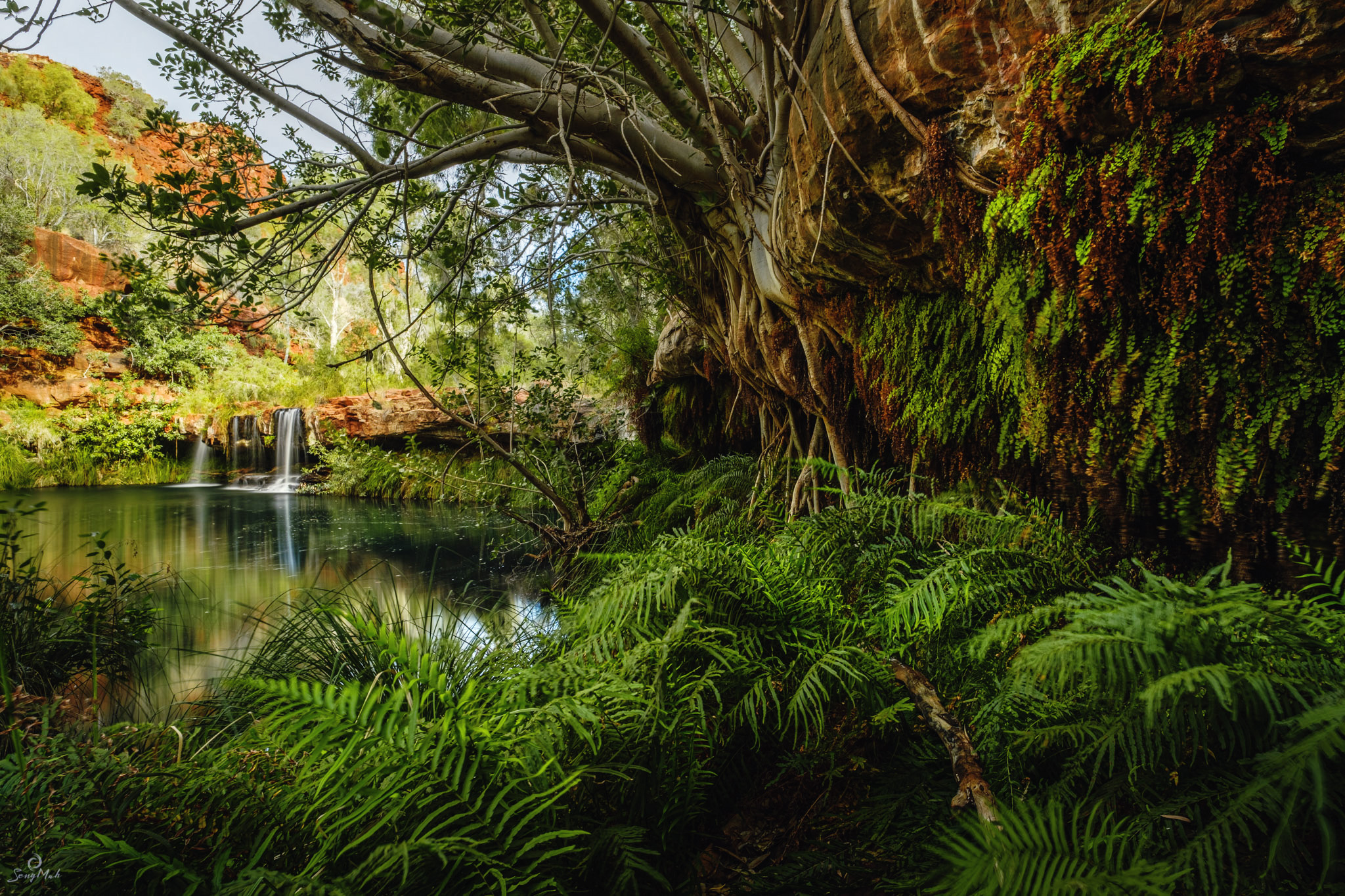
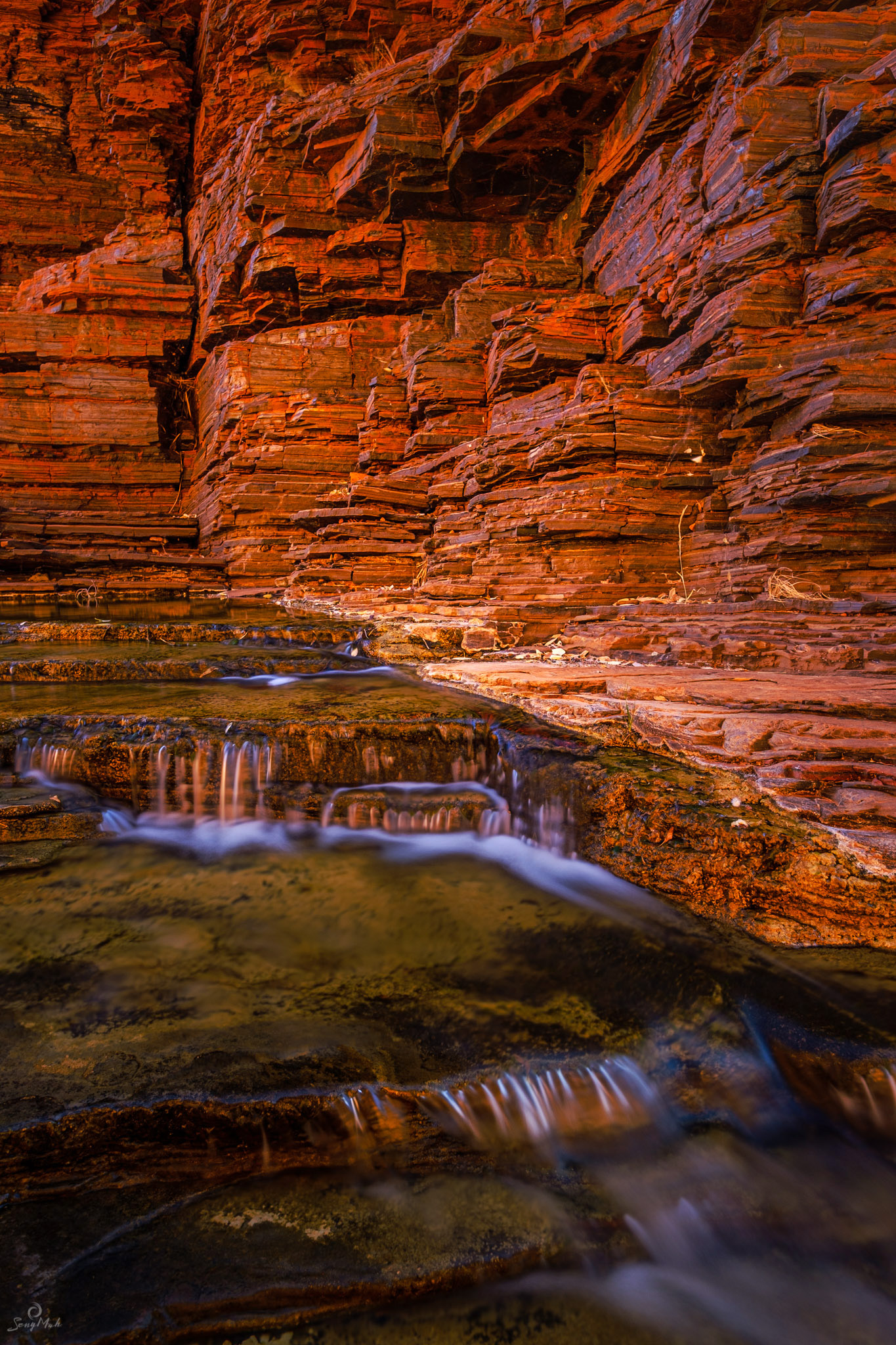
Photographically, Karijini presents an absolute smorgasbord of incredible landscapes to photograph. Best times are, of course at dawn/sunrise and dusk/sunset, when the warmer light makes the red in the rock absolutely glow. Many of the gorges are in deep shade for most of the day, so any trip there should be timed for the kind of light that filters in from above. The pools of water and streams pouring over rocks reflect much of what is up there, so if you’re looking for great colour in reflections, aim to enter the gorges and time it with the golden hours of the day.
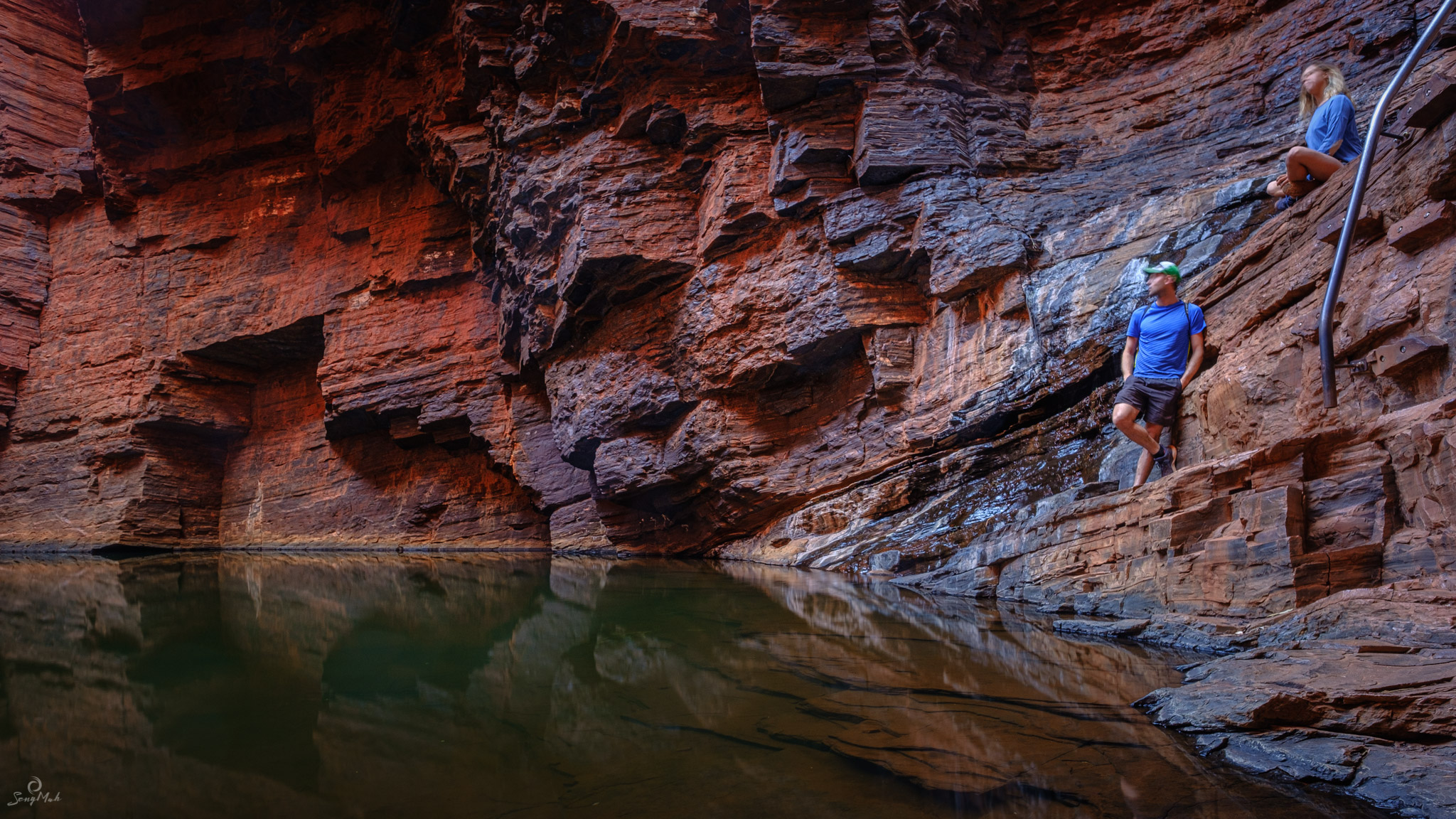


If you’re planning to enter the gorges, pack a very sturdy but light tripod, and have a dry bag to keep your camera gear in as there are some water crossings, some of which require swimming. Wear a good pair of hiking boots to navigate your way down, and then change into reefers (good wading shoes) when you need to enter the water. The wet rocks are very slippery so special care must be taken if you’re particularly adventurous. Bring a dry bag to put your camera and lenses inside (wrap them up in a towel) if you intend to take them across the water holes. A walking pole comes in handy, especially when you’re walking across loose gravel or shale, or when you’re climbing down/up the gorges. Bring a fly net to wear over your face — this season, the flies were swarming!


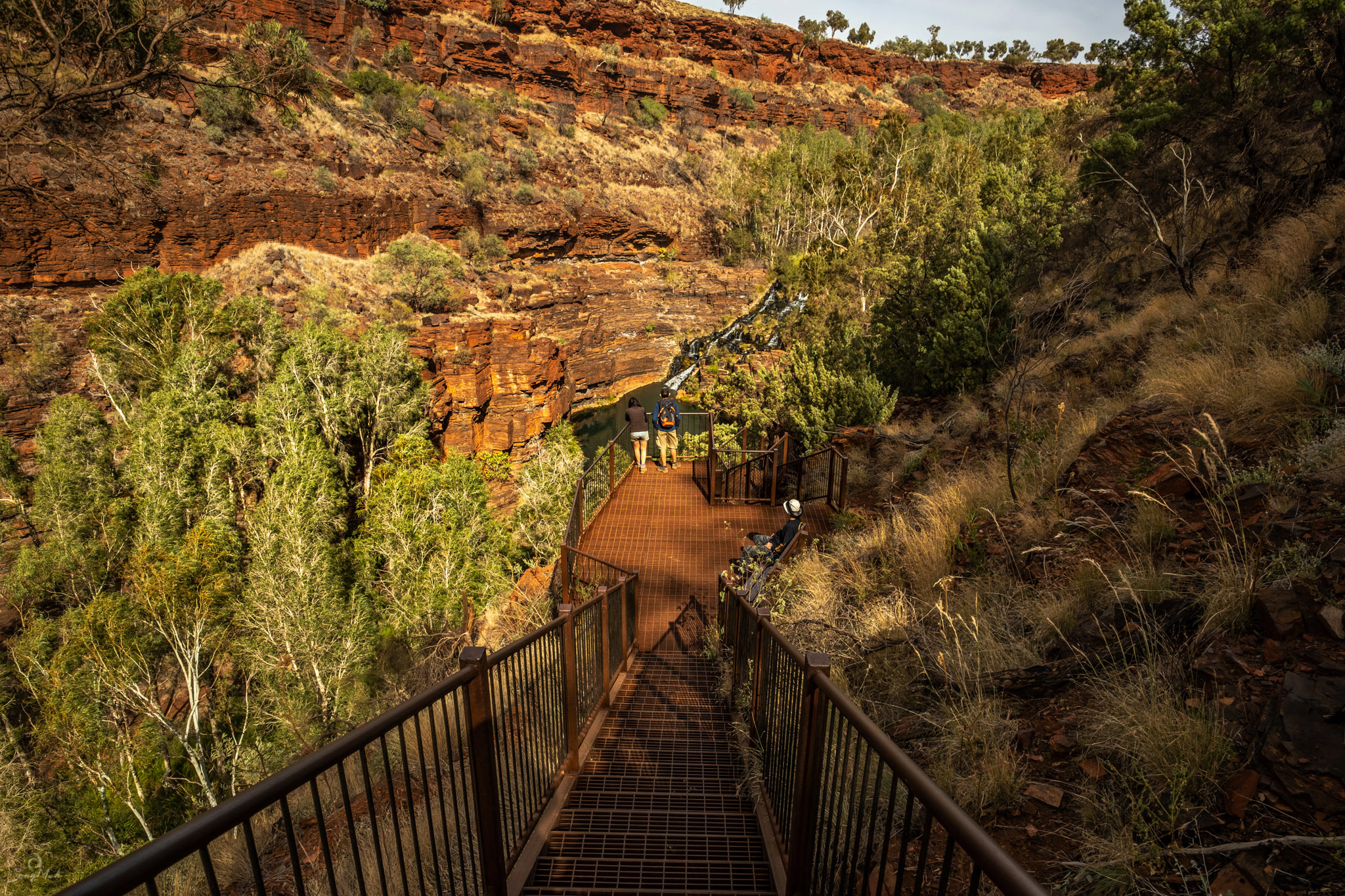

While exploring the gorges and water holes at Karijini are the primary drawcard, don’t forget the stunning above ground landscapes – particularly at the various lookouts in the area. The lookouts are a necessity as you don’t want to go tramping around the edge of precipices and gorges where the ground can be unstable and a small tumble can plunge you hundreds of metres to a nasty end. Lives have been lost at Karijini, and injured visitors have had to be rescued by the SES from the base of cliffs and within gorges. Don’t be a statistic, as the many signs about the place say.

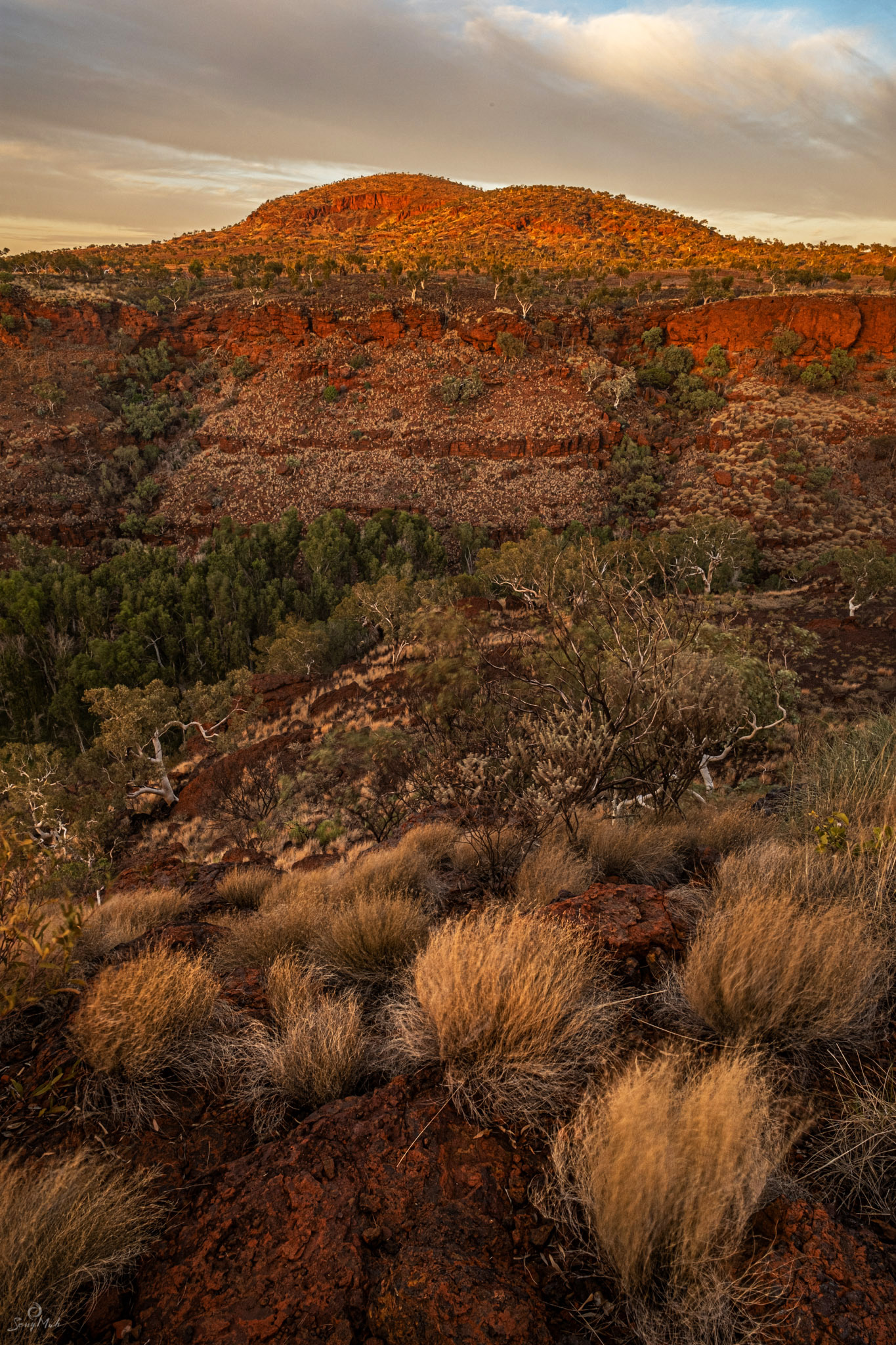
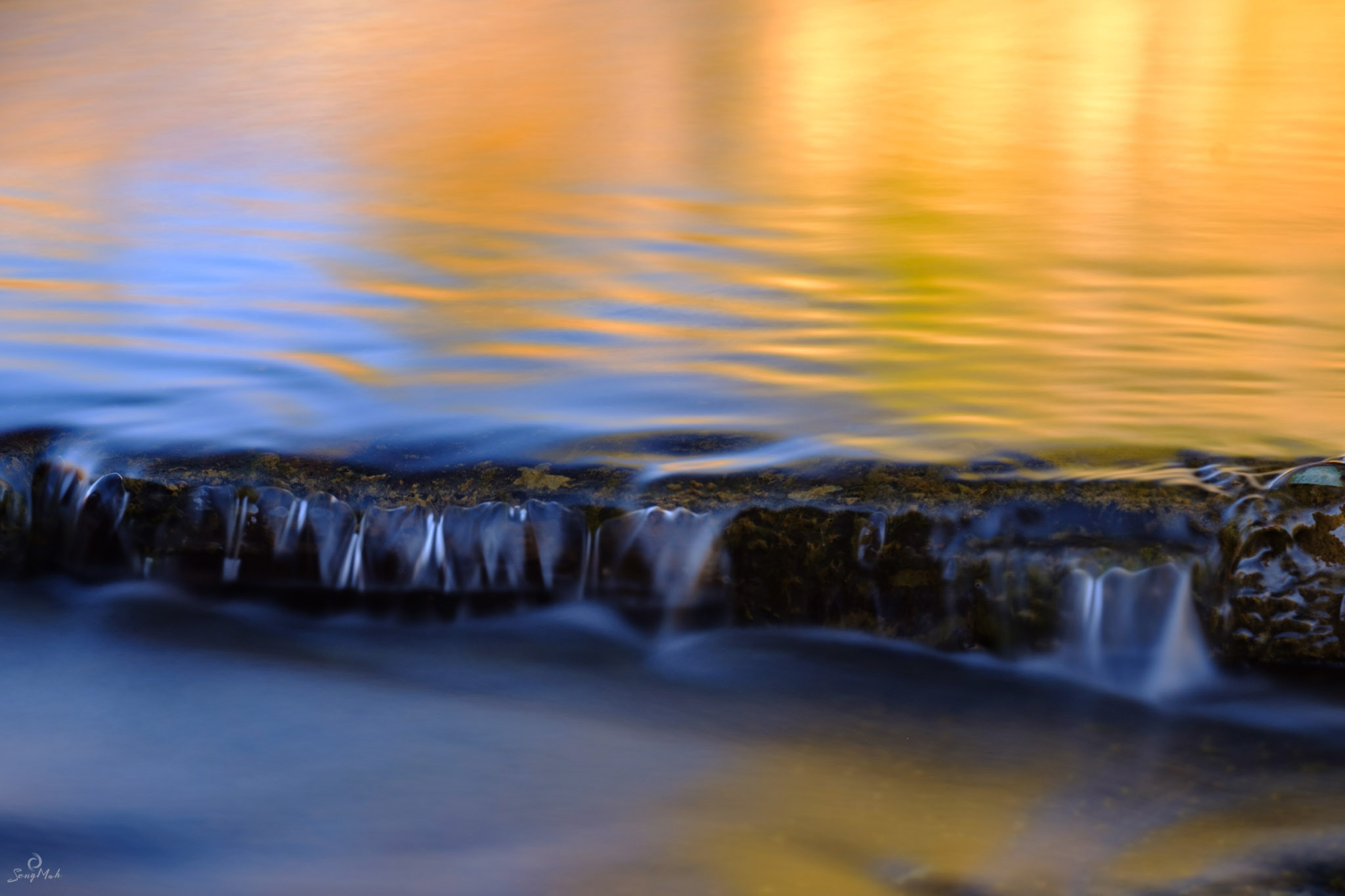
While photographing the breathtaking landscapes in Karijini, don’t forget to also take time to savour the fact that you’re there, in one of the most ancient landscapes to be found in Western Australia and to appreciate the geological history that has created this amazing place.
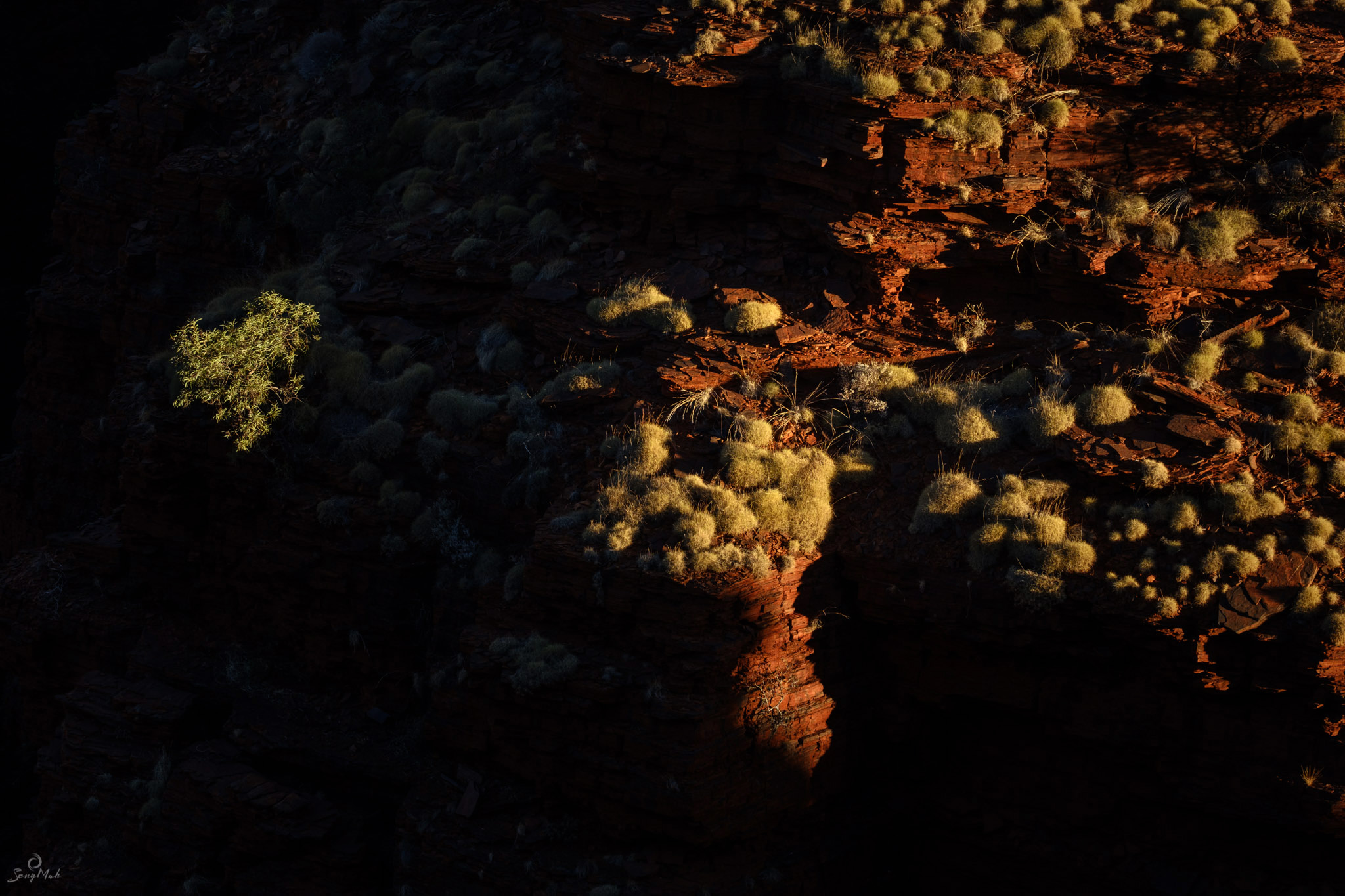
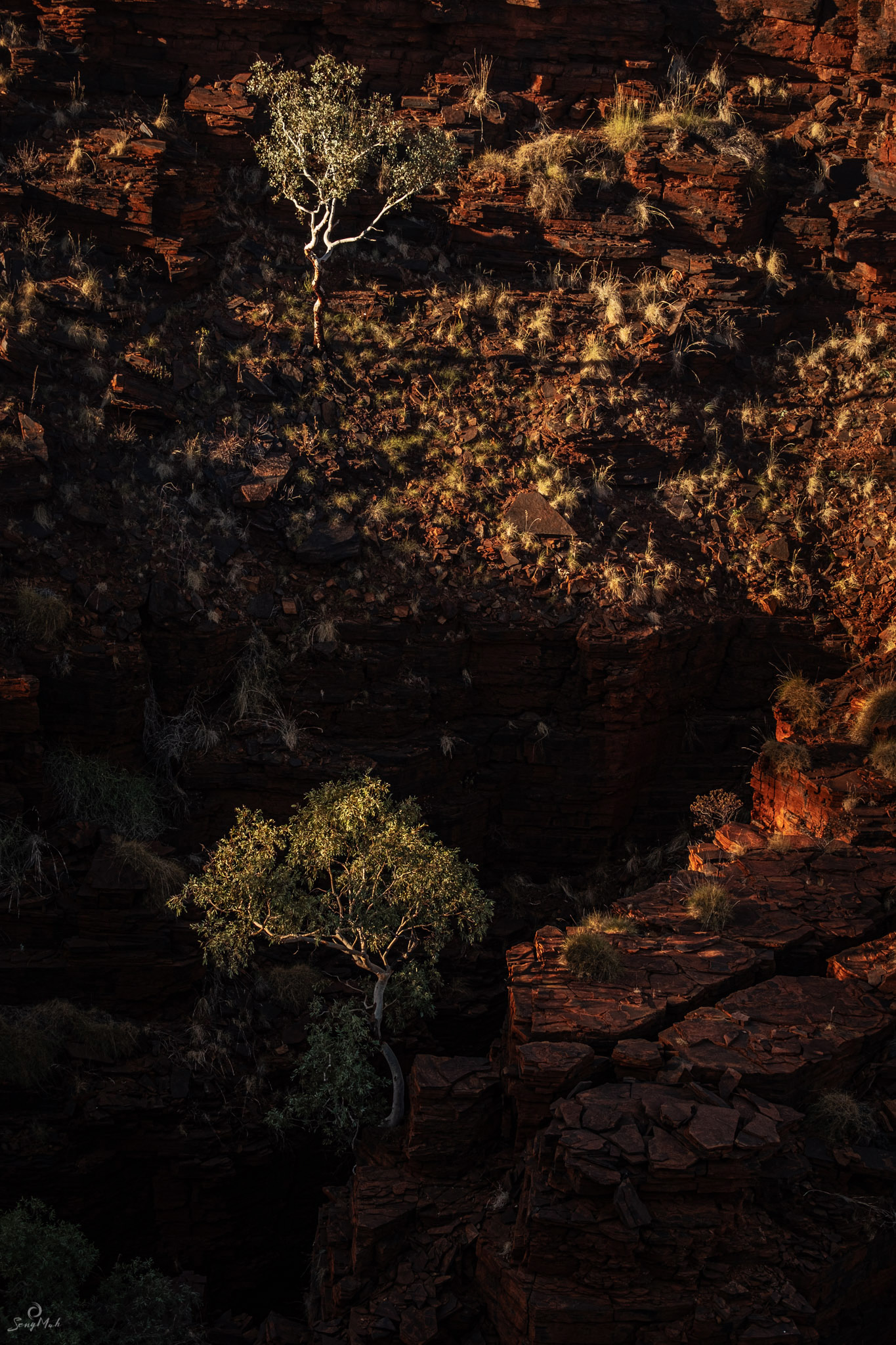
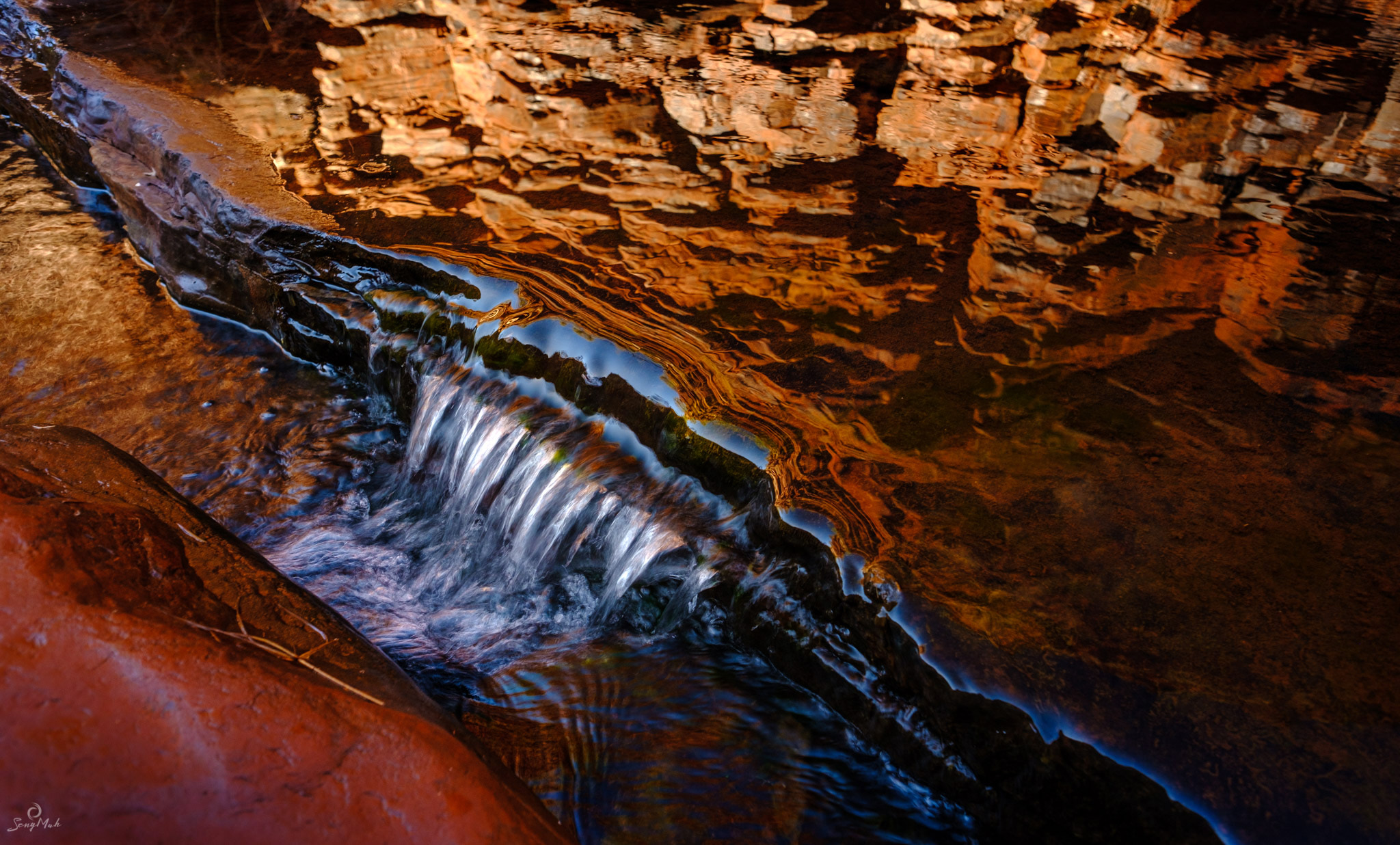

I photographed Karijini with my Fujifilm X-T3 and X-T2, coupled with the 14mm f/2.8 and 50-230mm f/4.8-6.7 lens (as per my use of the Fujifilm mirrorless system for my travel photography). I had brought my 16-55mm f/2.8 lens with me but it was badly damaged when my camera bag fell out of the overhead compartment during the flight from Perth to Paraburdoo. I used Hoya ND Pro filters (ND64 and ND1000) and the Hoya Pro Circular Polariser for long exposures.
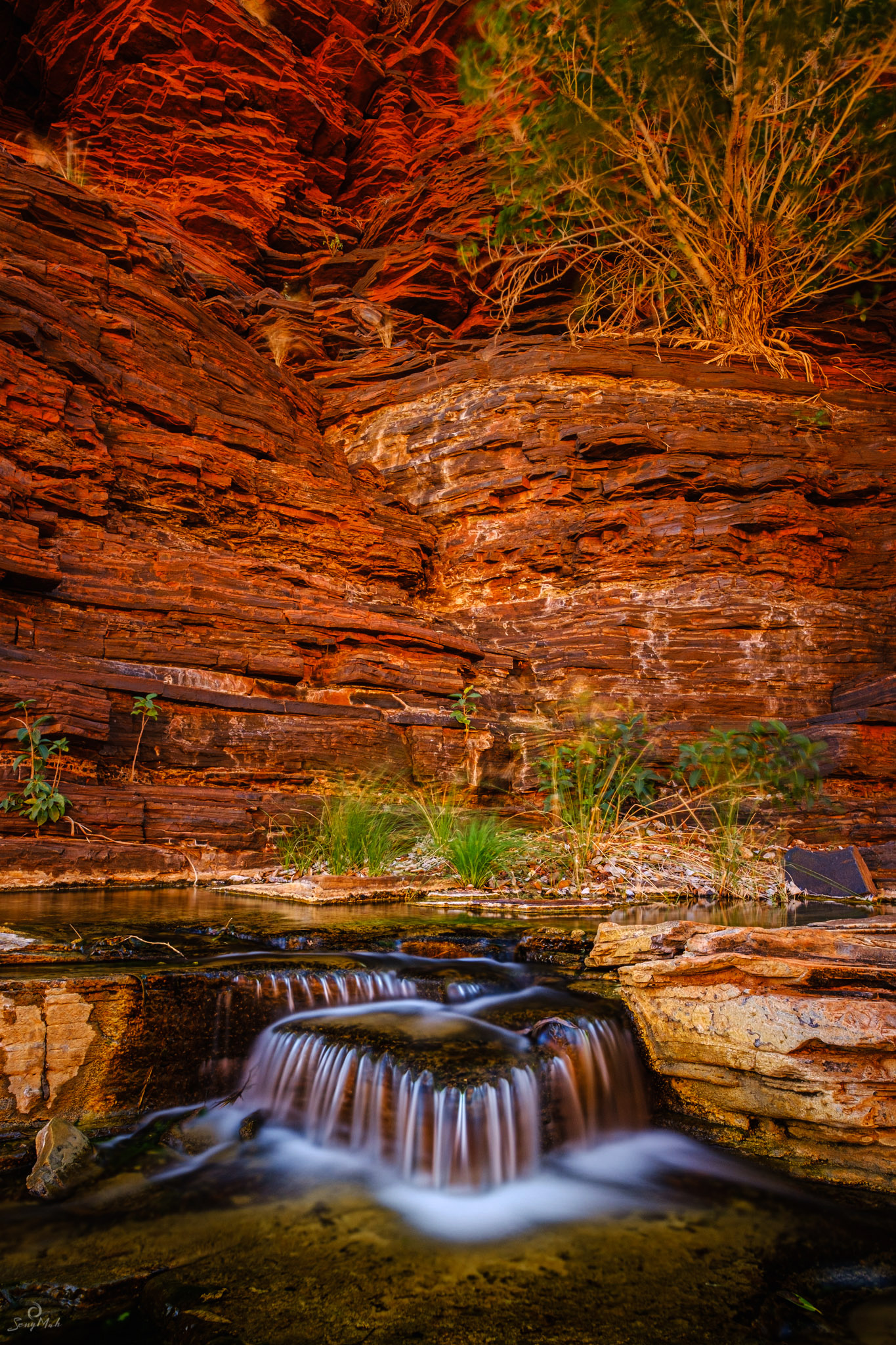

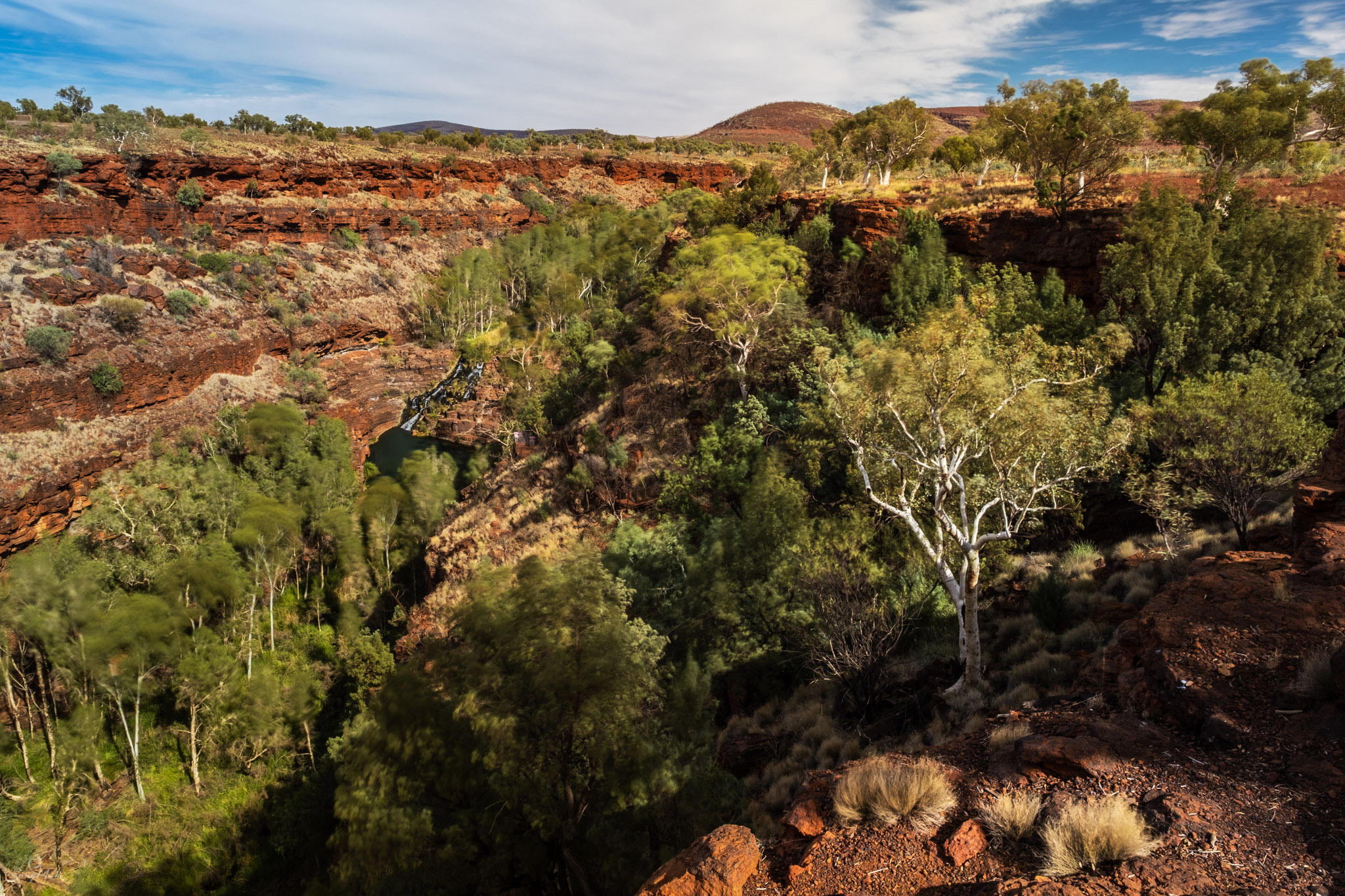

If you’re into landscape photography, then Karijini is a must do — either under your own steam, or you could wait for us to run a landscape photography tour to Karijini National Park in the next year or two. 🙂 Either way, you’ll be in for a sensational few days of photographic heaven!

Kay
19/06/2022 at 8:07 pmGorgeous photos! I really enjoyed reading your tips 🙂
I’m heading there in Oct (2022) and can’t wait to photograph this beautiful place!
Alix
19/06/2022 at 8:13 pmGorgeous photos! Really enjoyed reading your tips 🙂
Looking forward to visiting Karijini in Oct (2022) and photographing this beautiful place.